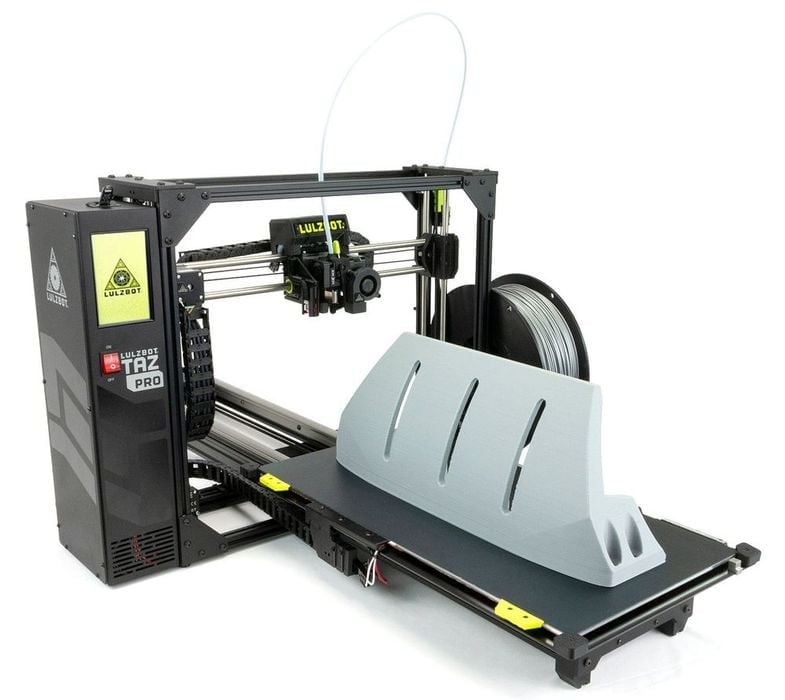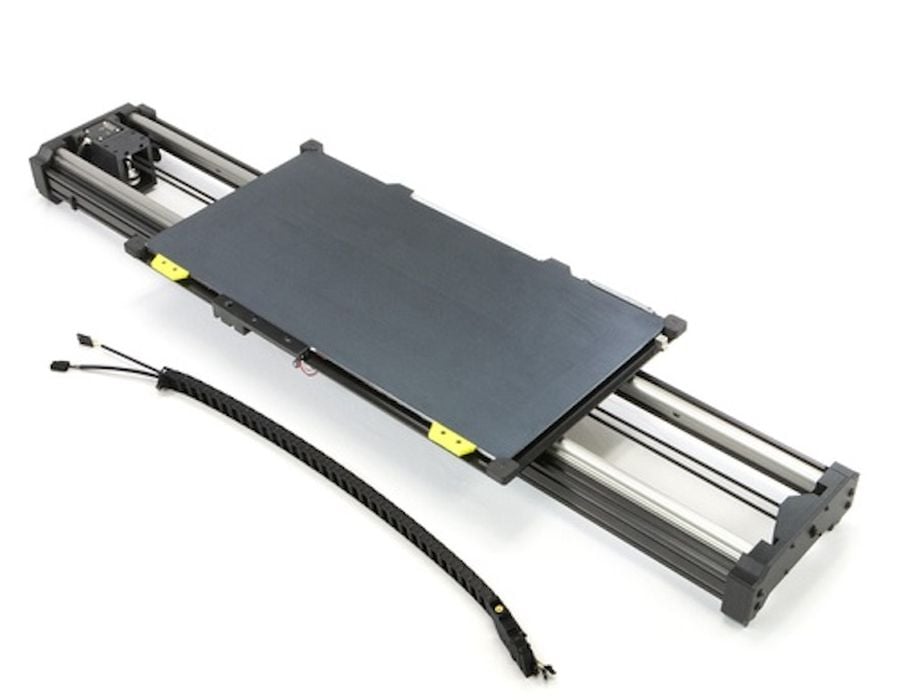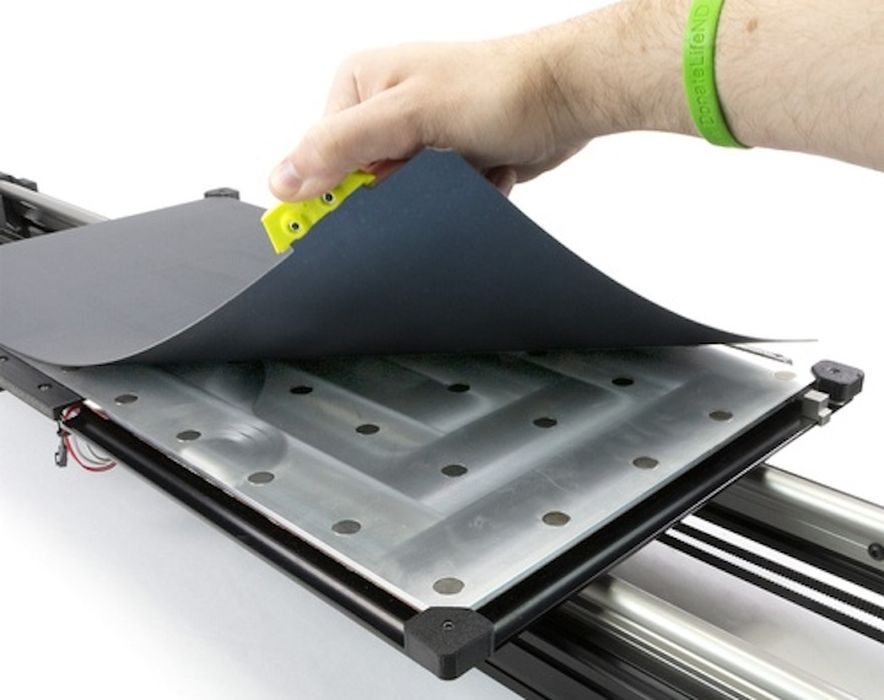
There’s a new LulzBot: the TAZ Pro Long Bed.
It’s been a while since we’ve seen a new device from LulzBot, but this is quite an interesting device. From the device’s name, and its slogan (“Maximize your Y-axis”), I think you can guess what the main feature could be.
Most cartesian 3D printers tend to have a somewhat cube-like build volume, but that’s not the case here. The Long Bed has a build volume of 282 x 582 x 285 mm, certainly maximizing the Y-axis.

This effectively doubles the build volume of the TAZ Pro, and enables production of much larger parts.
There are some expected features, such as a magnetically attached spring steel print sheet, but here the sheet isn’t at all square: it’s a long rectangle. There’s a convenient handle for easy lifting.

The machine also performs automated bed leveling, which in this case is over a much larger area. Here the machine uses a 32-point array of measurement points, which is basically two 16 x 16 arrays.
The tool head is the Asteroid 285, which includes dual heaters. What’s interesting is that the nozzle diameter is a whopping 1.2mm, far larger than the standard 0.4mm found on most desktop 3D printers, and larger than the 0.5mm nozzles found on many TAZ devices.
The specifications state that the minimum layer is a fat 0.3mm, while it can also go up to a thick 0.9mm. However, the mechanicals are able to go beyond that range.
My suspicion is that the machine designers felt the Long Bed would most frequently be used to print larger objects, and the ability to do so more quickly would be desirable. However, that speed is going to be at the cost of surface quality: the layers are going to be more visible.
I think that the functional parts printed on the Long Bed generally won’t require high precision surface quality, however, so this shouldn’t be a big deal.
But wait, the nozzle can be upgrade to a truly massive 2.4mm diameter. That would enable very fast — but coarse — 3D printing. I suspect that prints made on the Long Bed can be done quite rapidly.
The Long Bed includes the now-standard filament run-out sensor, but also something else: a “stripping sensor”. This sensor somehow identifies when the filament stops moving, which would be undetectable by a standard filament run-out sensor. This should make prints a bit more reliable.
Material compatibility is said to be anything under 290C, which is the maximum temperature of the hot end. This includes PLA, TPU, ABS, PETg, PVA, PVB, Nylon, PC and many others.
There’s also an optional enclosure for this large 3D printer.
It’s priced at US$7,995, and comes with a one year extendible warranty.
Via LulzBot
